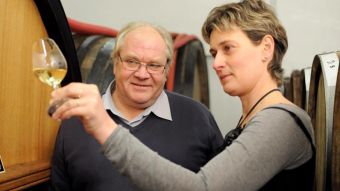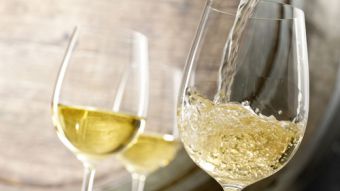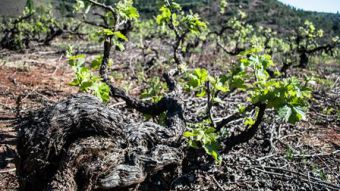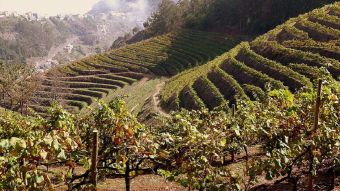The Reinvention of Cava
The leading Spanish wine in international markets despite the pandemic, in 2021 Cava restructured in order to meet new demands and provide guarantees of origin and quality. Javier Pagés, President of the D.O. Cava Regulatory Board, took us through the strategy.
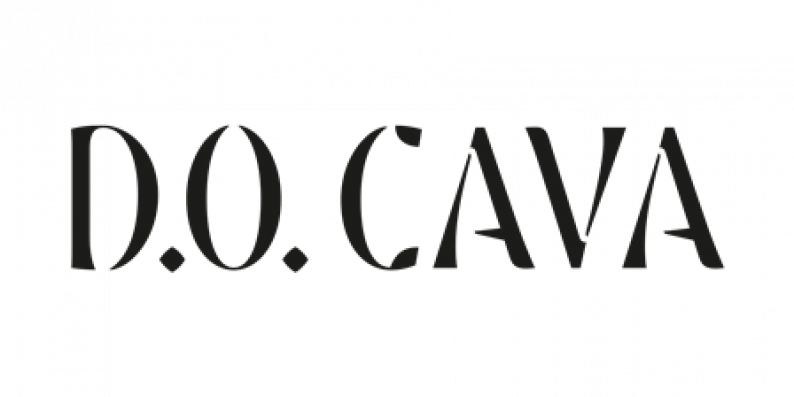 Resilience. Apparently, Cava bubbles also have resilience. That is what they demonstrated throughout the hardest year, 2020. The latest news proves just that: despite the effects of the COVID 19 crisis, the Spanish sparkling wine showed its muscle, demonstrating that it is still the most popular Spanish wine in international markets, with a volume of 152 million bottles sold. That figure represents just a 7.92% drop compared to a “normal” year like 2019. Of course, in some markets they have been popping open even more bottles of Cava during this catastrophic pandemic year. These markets include the United Kingdom (+6.55%), Russia (+17.47%), Lithuania (+16.73%), Sweden (+12%), Finland (+11.83%) and the Netherlands (+9.93%). However, Spain saw quite a big drop in sales: 12.3% according to data from consulting firm A.C. Nielsen. “We are a country of restaurants, hotels, and tourism; we like to go out and share experiences, and we associate the consumption of Cava, as well as other types of wine, with social activity and public life,” explains Javier Pagés, who has presided over the D.O. Cava Regulatory Board since 2018.
Resilience. Apparently, Cava bubbles also have resilience. That is what they demonstrated throughout the hardest year, 2020. The latest news proves just that: despite the effects of the COVID 19 crisis, the Spanish sparkling wine showed its muscle, demonstrating that it is still the most popular Spanish wine in international markets, with a volume of 152 million bottles sold. That figure represents just a 7.92% drop compared to a “normal” year like 2019. Of course, in some markets they have been popping open even more bottles of Cava during this catastrophic pandemic year. These markets include the United Kingdom (+6.55%), Russia (+17.47%), Lithuania (+16.73%), Sweden (+12%), Finland (+11.83%) and the Netherlands (+9.93%). However, Spain saw quite a big drop in sales: 12.3% according to data from consulting firm A.C. Nielsen. “We are a country of restaurants, hotels, and tourism; we like to go out and share experiences, and we associate the consumption of Cava, as well as other types of wine, with social activity and public life,” explains Javier Pagés, who has presided over the D.O. Cava Regulatory Board since 2018.
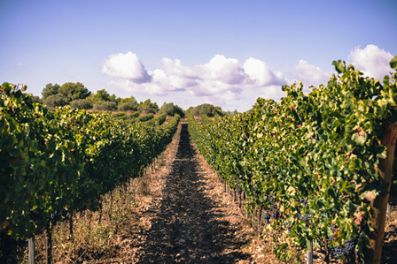 @Sam Zucker Lockdown treats
@Sam Zucker Lockdown treats
Obviously, the closures and restrictions placed on the hospitality industry (hotels, restaurants and cafés), as well as limitations on geographic mobility hurt consumption in the domestic market. Above all, because Spaniards, like it or not, still associate the consumption of sparkling wines with celebrations, which are not so common in a period of pandemic and lockdown. “Although even in circumstances like these, we do allow ourselves an occasional treat, a good excuse to uncork a bottle of Cava,” says Pagés, who points to the strong growth in online sales – 44.9% – as a positive indicator.
In other countries, sparkling wines have a place at the table, or at least a place within the daily aperitif, which means people will uncork a bottle even when there is freezing snow outside and they're surrounded by a pandemic. “That's where Cava is lucky: the diversification of our markets is a great strength, valuable goodwill that in this case offset the drop in the domestic market, which was hit harder by the pandemic,” says Pagés, pointing out that exports made up 71% of total sales in 2020.
A plan to provide solutions
Selectus Wines: Despite a good balance of sales in a “catastrophic” year like the pandemic year, D.O. Cava will implement the first phase of its Strategic Segmentation and Zoning Strategy in 2021. Is there a need to change strategy if sales are going well?
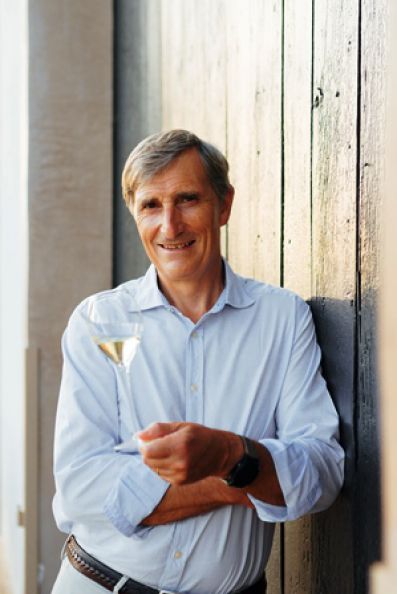 Javier Pagés, President of the D.O. Cava Javier Pagés: Well, sales have been better than expected but worse than we wanted. And we have to keep improving to satisfy the needs of our wineries in the present and, above all, in the future. That's why we have spoken with consumers and concluded that we need to emphasize the principle of origin, as well as time. This last element is essential because other sparkling wines are not aged. That’s why we've created the categories of Cava de Guarda and Cava de Guarda Superior. The former will have a minimum of 9 months’ ageing and the latter will depend on whether they are Reserva (18 months), Gran Reserva (30 months) or Cava de Paraje (36 months).
Javier Pagés, President of the D.O. Cava Javier Pagés: Well, sales have been better than expected but worse than we wanted. And we have to keep improving to satisfy the needs of our wineries in the present and, above all, in the future. That's why we have spoken with consumers and concluded that we need to emphasize the principle of origin, as well as time. This last element is essential because other sparkling wines are not aged. That’s why we've created the categories of Cava de Guarda and Cava de Guarda Superior. The former will have a minimum of 9 months’ ageing and the latter will depend on whether they are Reserva (18 months), Gran Reserva (30 months) or Cava de Paraje (36 months).
S.W.: There are other regulations within this new categorisation, particularly those which affect Cavas de Guarda Superior...
J.P.: Yes, we’ve also established that all Reserva Superior Cava must also be certified organic and have yields lower than 10,000 kg/ha – when the average in the D.O. is 12,000 kg/ha – and that the vines must be over 10 years old. Production must also start after January, and the vintage must be stated on the label.
S.W.: Who participated in the drafting of these new regulations, and when will the first bottles of Cava produced to these rules hit the shelves?
J.P.: In addition to consumers, when creating the new regulations, we sought the opinions of hospitality professionals, wine journalists and writers, Masters of Wine, importers and distributors who are very important to the Cava business, and, of course, winegrowers and winemakers from all over our appellation territory. The project was designed from a global perspective because we know that that dimension is now important for Cava.
S.W.: How important are organic practices in Cava?
J.P.: Very important. In 2020, of the over 215 million bottles produced, almost 14 million were certified organic Cava, although I’m sure that that figure will at least triple in the next five years because many markets are asking for it, including Germany, which is currently our main export market, as well as the Scandinavian countries. Others, like the United States, where, until recently, the “organic” certification didn't add value, are also quickly moving in that direction. Being increasingly sustainable is also now a basic requirement, because winegrowers and winemakers are people who work the land, and we need to maintain that balance, even if that is more difficult in times of climate change. Our efforts in that regard mirror those of the rest of the wine world: conservation and land development, biodiversity and landscape; responsible water management; measuring and reducing the carbon footprint or greenhouse gas emissions that affect global warming; using recyclable or compostable materials for our product, both bottles as well as the packaging that goes with them (recycled paper, non-polluting dyes, plant-based plastics, etc.). And for Cava, in particular, less dosage and a reduction in chemical treatments to protect the vineyards. I think the fact that in the new regulations the Reserva Superior Cavas have to be organic is a declaration of our intent.
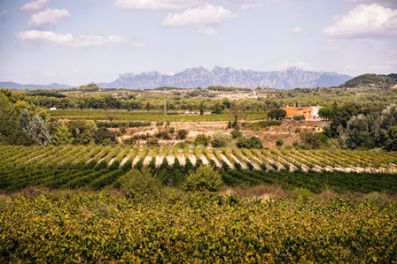 @Sam Zucker S.W.: In your new strategy, there’s also a clear shift towards digitalisation. Does this only affect promotion and communications, or does it extend to other processes?
@Sam Zucker S.W.: In your new strategy, there’s also a clear shift towards digitalisation. Does this only affect promotion and communications, or does it extend to other processes?
J.P.: A focus on technology and online media is going to solve many issues, like being more efficient in categorisation and traceability matters. With regard to promotion, online media allow us to target our activity more precisely. That's why we're starting to really get behind social media, as well as launching Cava Academy, an exclusive training course that used to be just in person, but this year will be offered in an online format. It’s a very comprehensive programme, the only official course offered by the D.O. with the support of MWs and internationally renowned experts, which will enable us to train “Cava Ambassadors.”
S.W.: What do you think about private labels in Cava and wineries that offer D.O. wines for under 3 euro?
J.P.: I don’t like either. But everything has its nuances. With private labels, you get a little bit of everything, and there are some high-quality products out there that are quite prestigious, although I personally prefer each winery to market its products under its own brand. In terms of price: those who sell for very low prices undermine the image of the D.O., just like those who sell for high prices enhance the image of Cava. We're all in the same boat, what can we do? The problem is the price of the grapes: this issue should be dealt with at other levels to ensure that no one is exploited and the growers’ very difficult work is properly valued.
CAVA ZONES AND SUB-ZONES (SUPPORT)
After the new quality zoning and segmentation was unanimously approved by the D.O. Regulatory Board in July 2020, the denomination's new regulations establish several levels: zones are defined by broad climatic and geographic characteristics and sub-zones are defined by their specific climatic, orographic, historic, or human characteristics. Lastly, the “Paraje Calificado” is identified by the plots it comprises.
Thus, the Board has established the zones of Comtats de Barcelona (which includes the sub-zones of Valls d'Anoia-Foix; Serra de Mar; Conca del Gaià; Serra de Prades and Pla de Ponent), Valle del Ebro (with two sub-zones: Alto Ebro and Valle del Cierzo), Viñedos de Almendralejo and Altos de Levante.
There are currently 10 Paraje Calificado Cavas, which are produced in 8 parajes: Vallcirera, La Fideuera, La Pleta, El Tros Nou, La Capella, Can Bas, Can Prats and Can Sala.
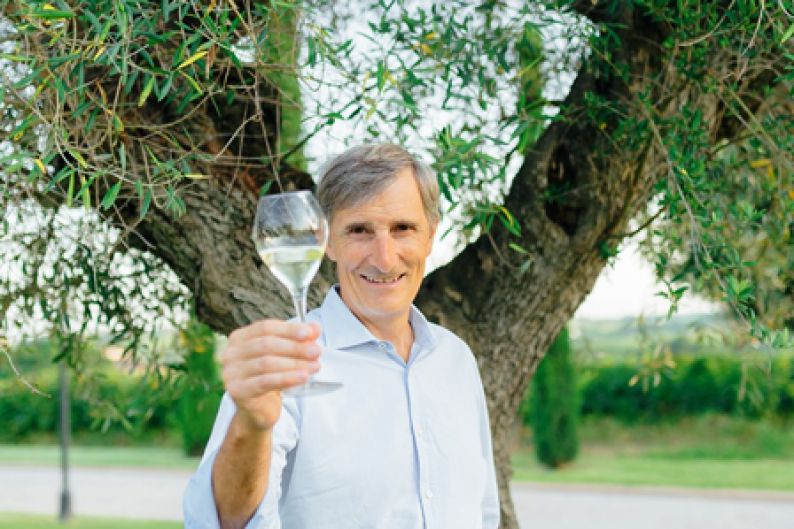 Javier Pagés, President of the D.O. Cava toasts the future and the present of cava
Javier Pagés, President of the D.O. Cava toasts the future and the present of cava


